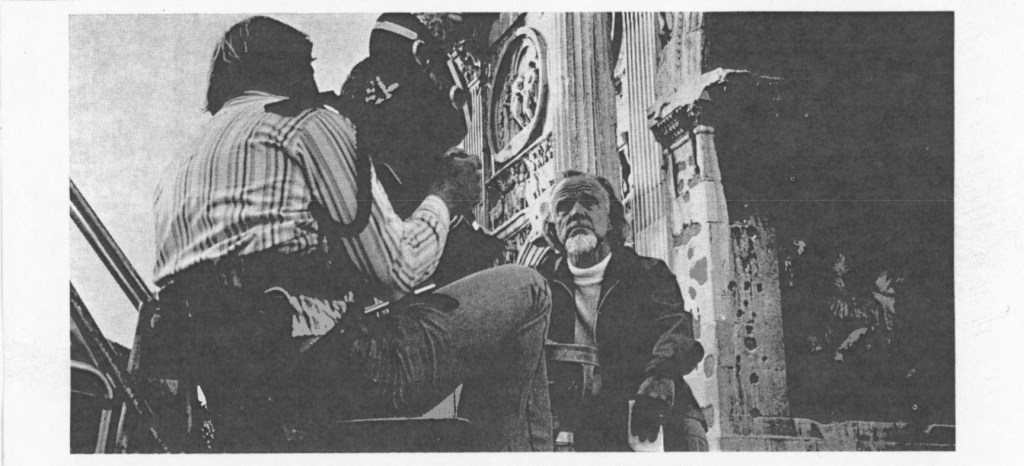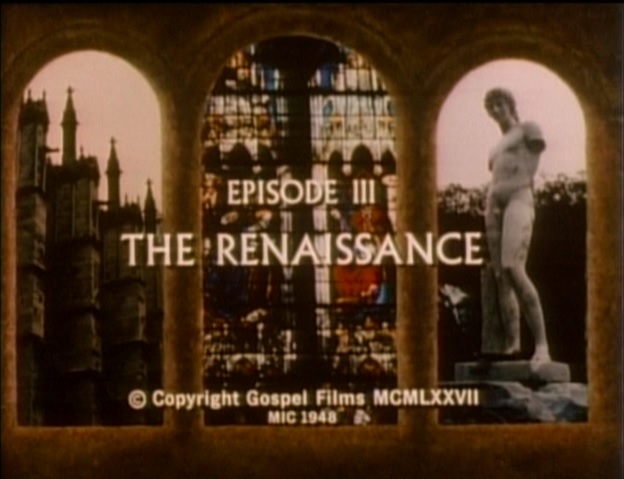This is the long-delayed final installment of a series of posts as I rewatch a 1977 documentary film called How Should We Then Live? If you are new to the series, it’s best to read the posts in order, starting with the introduction, which explains its significance and provides crucial historical context. Today’s episodes are Episodes IX and X, “The Age of Personal Peace & Affluence” and “Final Choices.”

After spending this summer on Francis Schaeffer’s film series How Should We Then Live, I ran out of time to write the final post before my autumn semester started. But there’s another reason I am concluding this rewatch series only now, after a hiatus of almost four months: I have been reluctant to face these last two episodes.

“The Age of Personal Peace & Affluence” and “Final Choices” are not historical discussions. They are responses to twenty years of current events, beginning with the failed Hungarian anti-Soviet uprising of 1956, which had made a deep impression on Francis Schaeffer when it happened. Much of the run time of these episodes, indeed, is dedicated to speculating about the future.
When Schaeffer mapped out these final episodes before production began, he designed them as a trilogy that would describe how drug use, affluence, and apathy had created a crisis: “Just as in ancient Rome,” western people in 1977 faced an imminent wave of authoritarianism without the spiritual tools to defeat it.
I’ve been reluctant to review these episodes, or even rewatch them, because I haven’t been sure I could do it without simply writing about contemporary evangelical politics in the United States.
Throughout this series, I have tried to keep my focus on Schaeffer’s historical claims about western civilization, or else on historical context that would be useful for understanding where those claims came from. These final episodes were sure to strain that commitment.
Moreover, all the fundamental elements of the argument presented in these episodes, as far as I could tell in advance, were already included in previous installments of How Should We Then Live. After all, I have been describing Schaeffer’s argument about a choice between “biblical” Christianity and political destruction since I wrote about the first episode. What more could I say about it now?
Concluding this series today, my solution to that problem is to turn How Should We Then Live inside-out. I plan to ask how its account of western society in the 1970s might shape views of that era today, now that we can treat the 1970s as a moment in history.
Continue reading “How Should We Then and Now: Eps. 9-10 (The Age of Personal Peace & Affluence, and Final Choices)”


